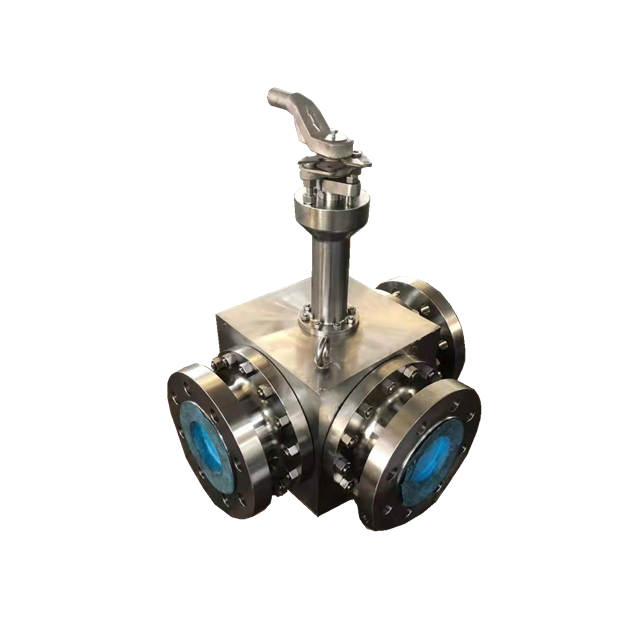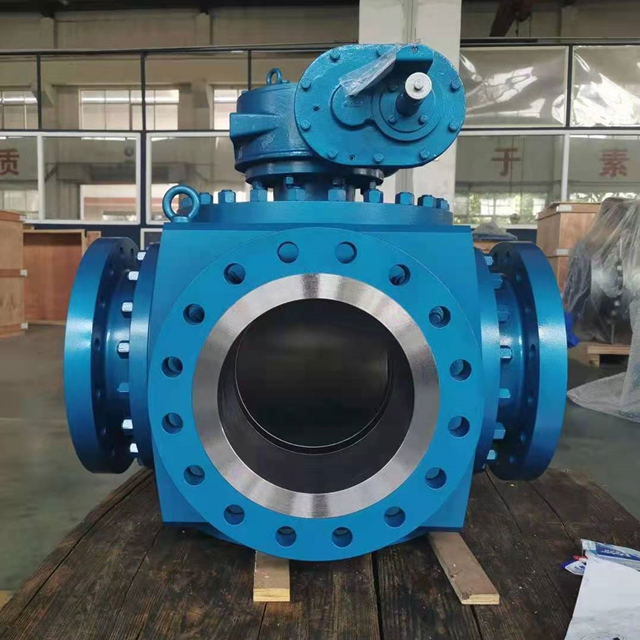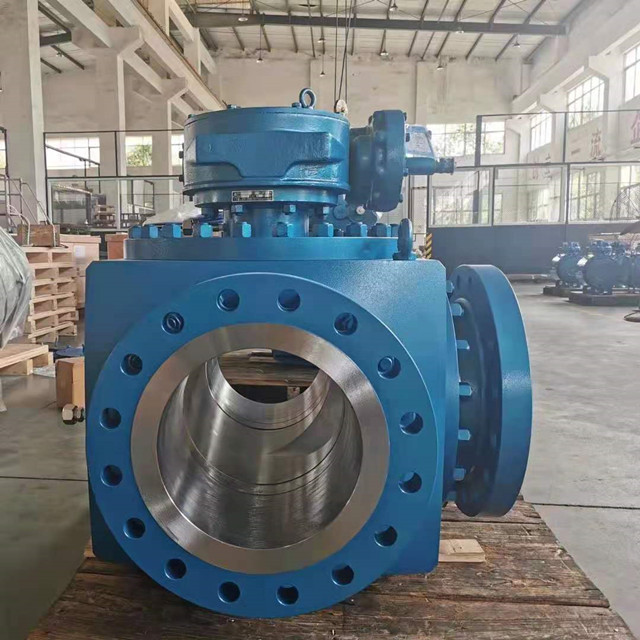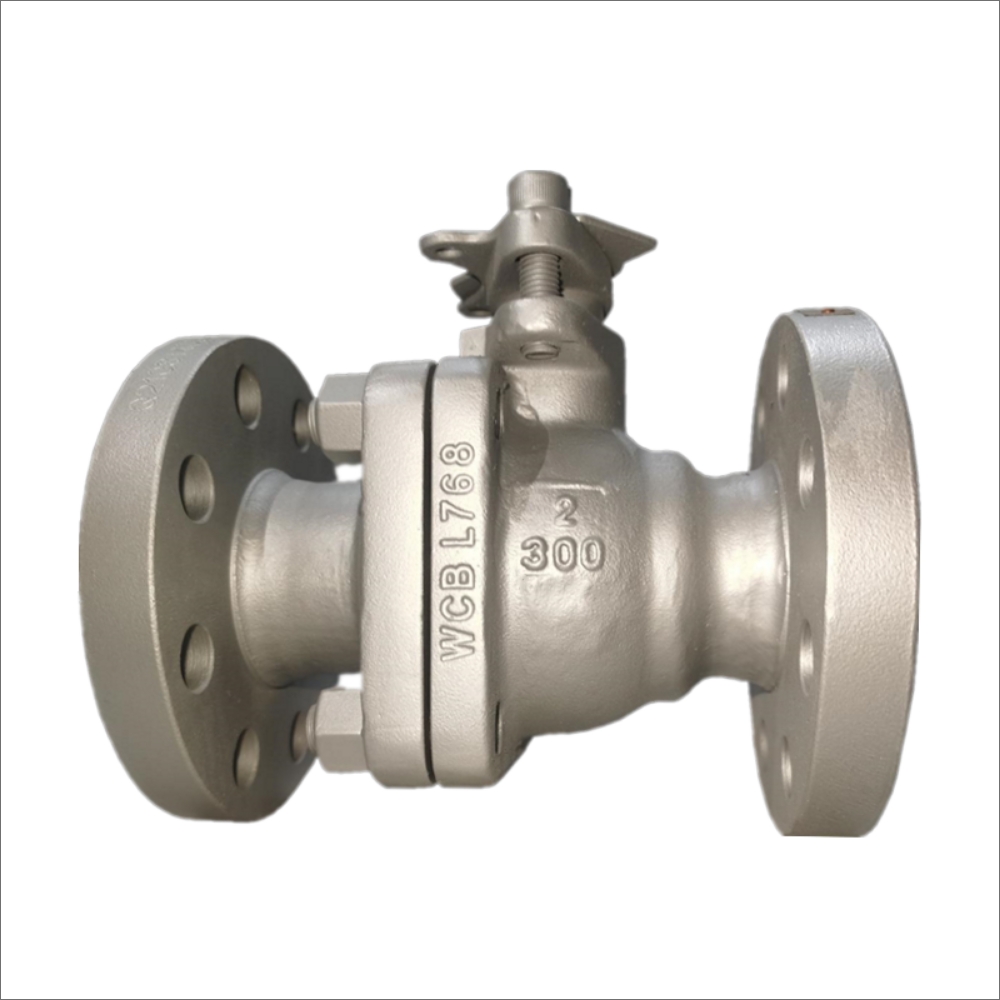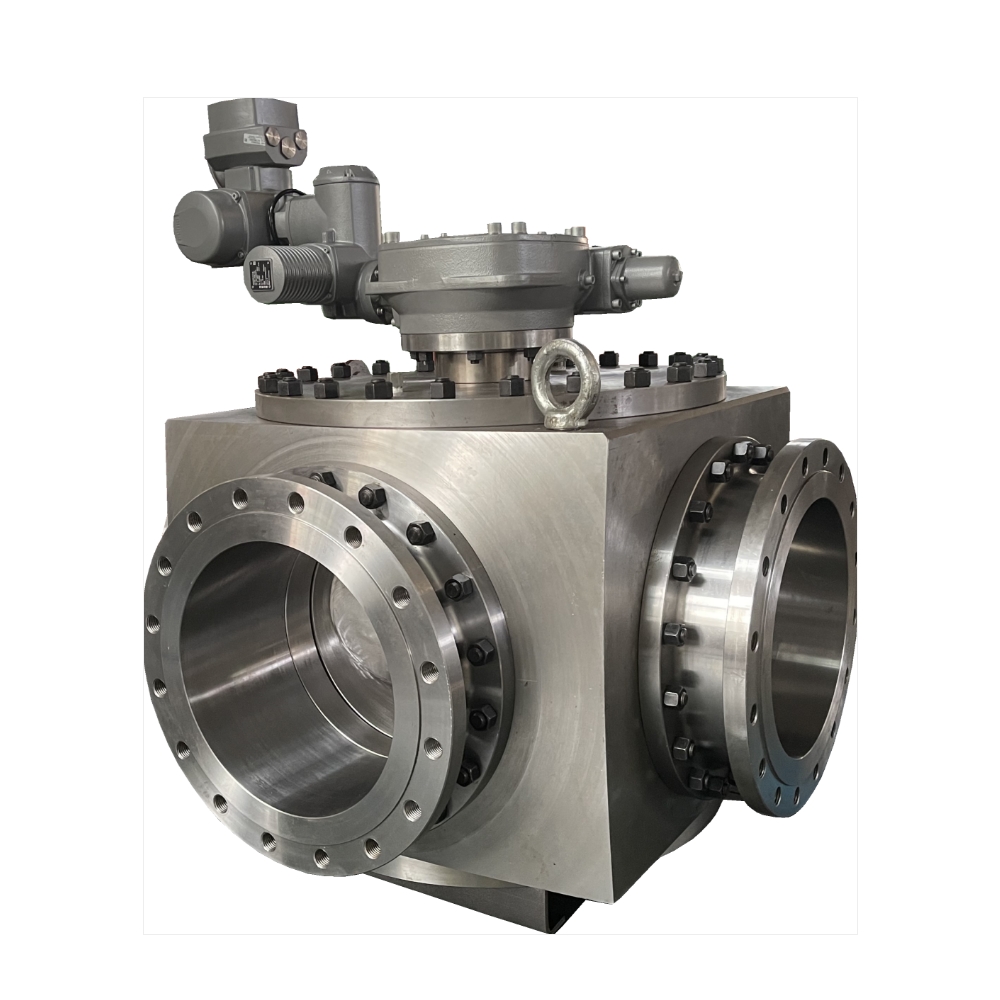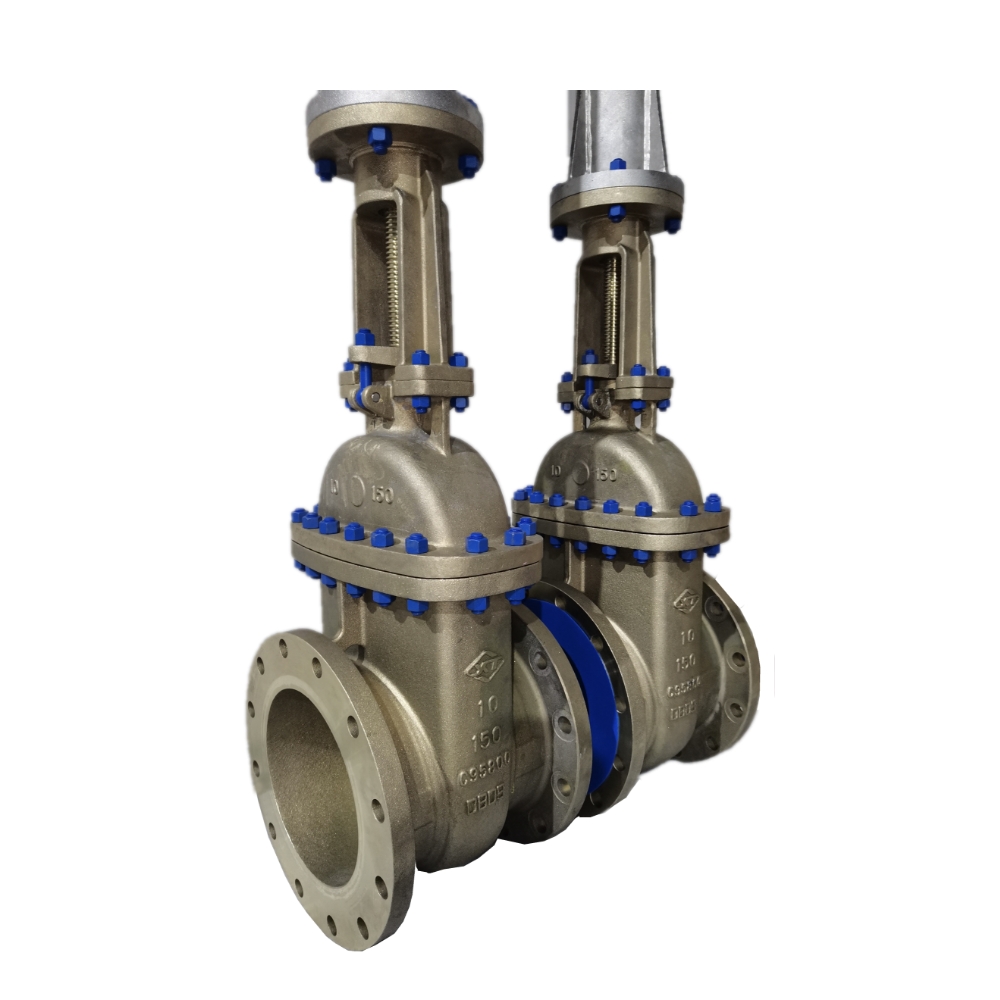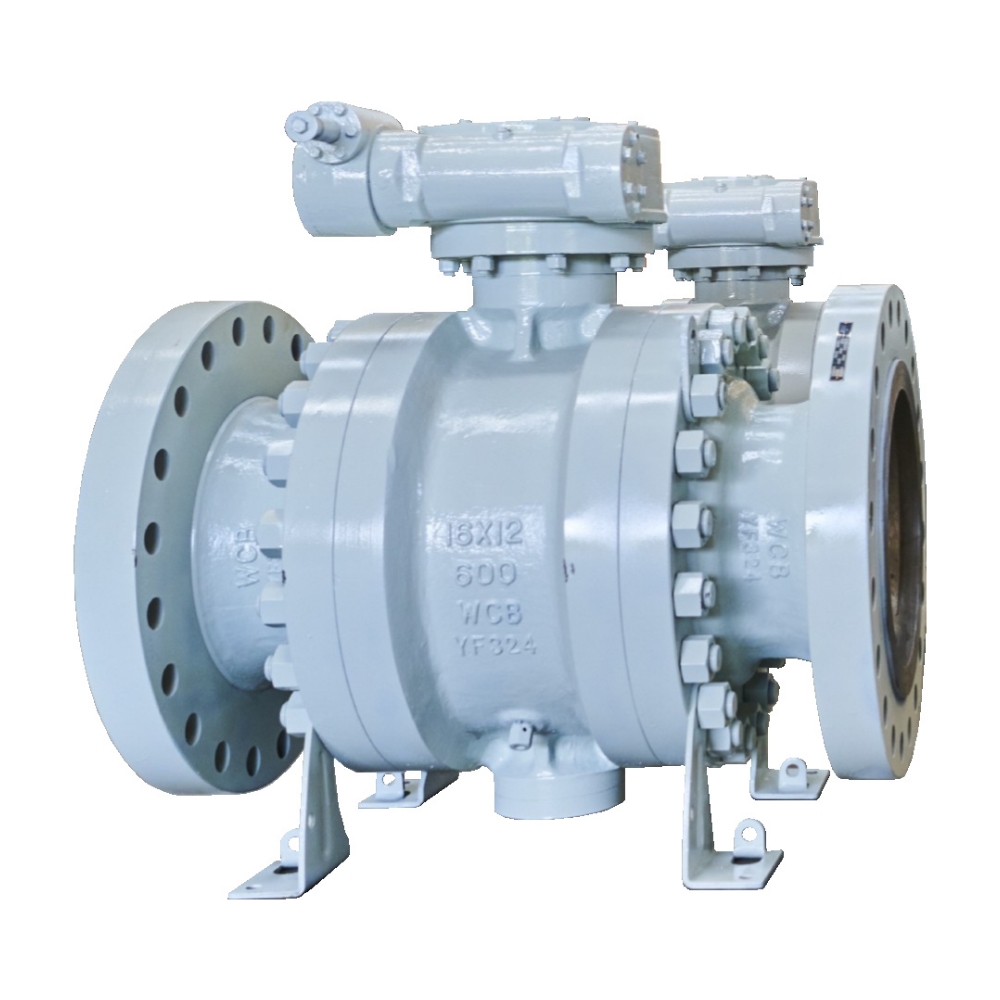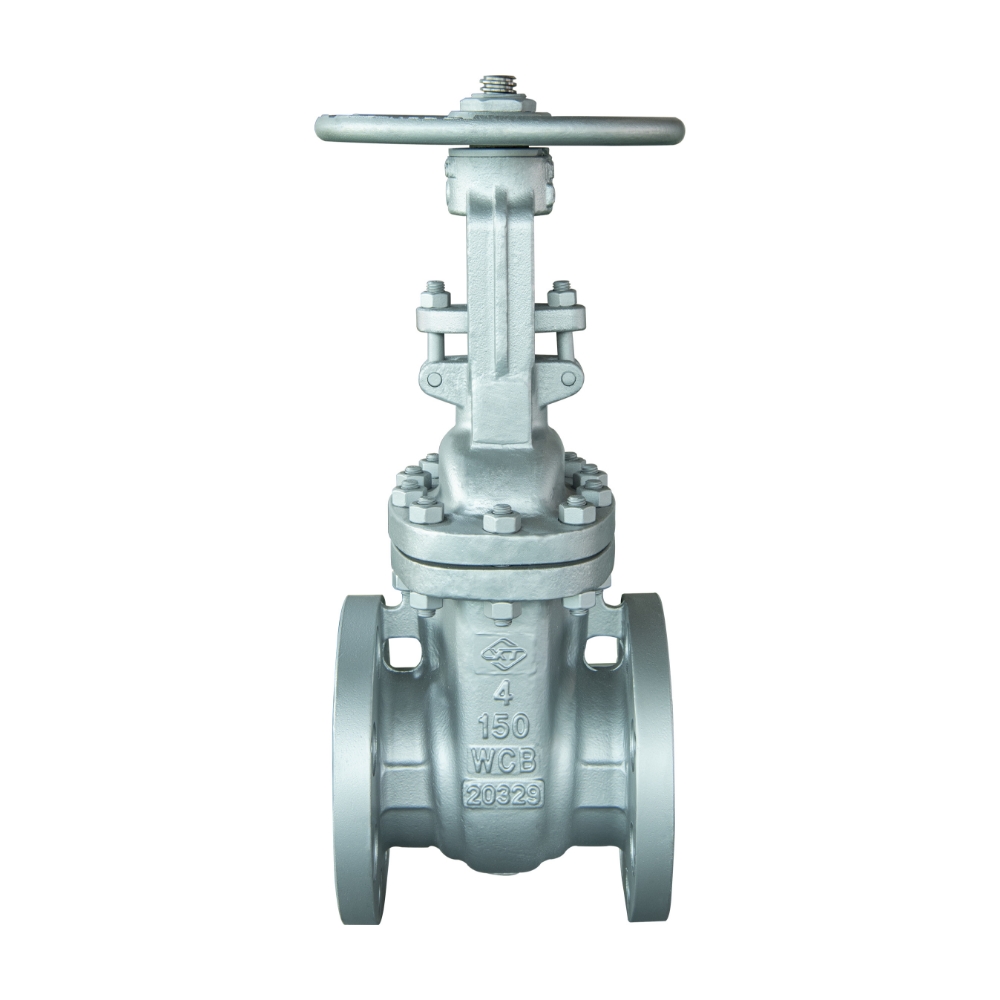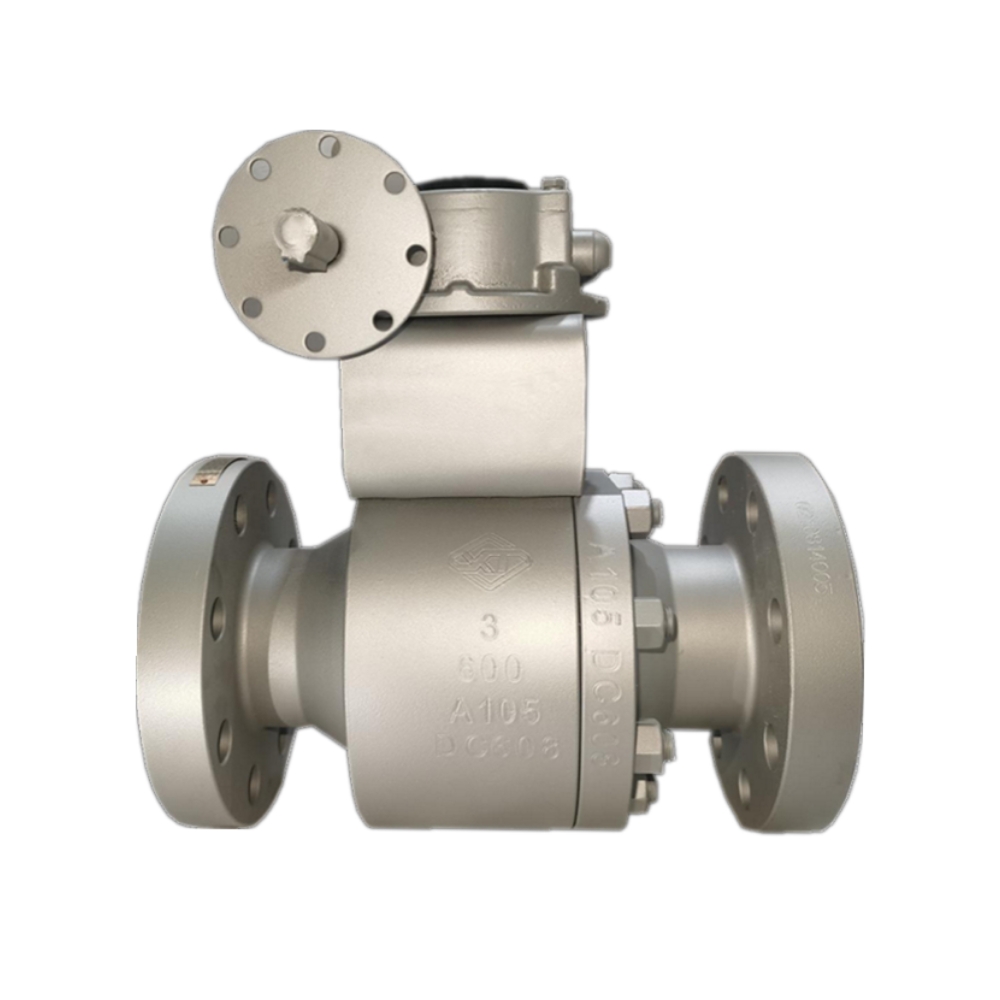3-WAY T PORT BALL VALVE
Description
Size Pressure Connect Type Material Standard 1/2″~24″ DN15~DN600 CL150~CL2500 PN6~PN420 FLG, SW, BW, NPT/G, CLAMP ASME B16.34, C95800, C63200, titanium alloy and other special materials ASME B16.34
How Does A 3-Way Ball Valve Work?
Ball valves are available in many variants. One such popular type of ball valve is a 3-way ball valve. The most basic way a three-way ball valve operates is by rotating the ball within the valve body. This rotation aligns the channels of the valve ball with the outlets and inlets.
The ball valve stem can be rotated a quarter turn to open or close the bore. The handle has positioned either perpendicular or parallel to the pipe. This position helps the user visualize the status of the valve. Some valves are also designed for automatic shutoffs. This allows them to control valve operation remotely or through a controller.
A three-way ball valve can send fluid one way, shut off a flow completely, or mix two different flows. The three-way ball valve is commonly manufactured in T or L-port shapes. Both shapes can be connected to one inlet or outlet, to a single port, or both.
If you want to know more about a 3-way ball valve and how it works, continue reading this article.
What is a 3-Way Ball Valve?
When considering valves, one important factor is flow direction. A three-way valve can have three openings, and the design of its ports makes this possible. A T-port ball valve sends fluid from one port to the other, while an L-port ball valve allows fluid to flow from one port to another in either direction.
A three-way ball valve has a handle that is at a right angle to the plane of the valve’s ports. This allows the user to adjust the flow direction without having to worry about it leaking. The design also allows more control over the media. While a two-way ball valve is used for shutoff services, three-way ball valves are ideal for many applications.
Three-way ball valves are versatile and ideal for more complicated flow control applications. Having three ports means you don’t have to buy two valves if you need to divert and mix. Moreover, you can even shut off the flow entirely. A three-way ball valve can solve complex flow control problems and is suitable for a variety of process applications. It can come with two inlets and one outlet port or one inlet and two outlet ports.
How Does A 3-Way Ball Valve Work?
The working mechanism of a 3-Way ball valve is remarkably simple. The ball and seats are connected by a simple shaft, resulting in low resistance to fluid passing through the valve. These valves are often used in vacuum systems and are available in various sizes.
The ball is housed within the ball valve body, which serves as the foundation of the whole valve. It acts as a barrier to pressure load from the media and prevents it from transferring into the pipes. A stem connects the ball disc to the handle or lever, allowing it to rotate open and close. The ball is connected to the control mechanism via a flange on the end of the stem.
The working mechanism of a 3-Way Ball Valve is quite similar to that of a typical single-acting valve, with the main difference being the number of ports. Three-way ball valves can be horizontal, vertical, or both, with the common port or bottom open. In either case, turning the handle 90 degrees counterclockwise causes the ball to rotate 90 degrees and change the flow pattern.
There are two different types of 3-way ball valves, i.e., T port and L port. The working mechanism of both types of valves is different. The L port 3-way ball valve works by rotating the handle 90 degrees. If the first position is open, another quarter turn will cause the valve to divert the media to the second outlet. When you move the handle to 180 degrees, the flow will stop. When you complete a 360-degree rotation, the valve will move back to the original position.
On the other hand, a T port 3-way ball valve comes with two inlets and one outlet position. You can use this valve as a mixer as well as a diverter. When you turn the valve handle by 90 degrees, the flow is diverted. However, when you turn it to 180 degrees, the flow will not change. This is how a 3-way ball valve works.

Related products
BALL VALVE
- 3-Way L Port Ball Valve
- Full-Welding Ball Valve
- V-Notch Valve
- Undergroud Ball Valve
- Top Entry Ball Valve
- Thread Ball Valve
- Soft Sealing Ball Valve
- Side Entry Ball Valve
- Metal Sealing Ball Valve
- Forged Trunnion Ball Valve
- 3-Way T Port Ball Valve
- Forged Floating Ball Valve
- Flange Type Segment Ball Valve
- Double Block and Bleed Valve
- Casting Trunnion Ball Valve
- Casting Floating Ball Valve
- Bronze Ball Valve
- 4-Way Ball Valve
- Wafer Type Segment Ball Valve
BUTTERFLY VALVE
- Centerline Lug Type Butterfly Valve
- Centerline Wafer Type Butterfly Valve
- Double Eccentric Butterfly Valves
- High Performance Butterfly Valve
- Lined Butterfly Valve
- Resilient Seated Butterfly Valve
- Triple Eccentric Butterfly Valves
CHECK VALVE
- Bronze Check Valve
- Butt Welding Check Valve
- Casting Check Valve
- Dual Plate Check Valve
- Forged Check Valve
- Globe Check Valve
- Lift Check Valve
- Pressure Self-Sealing Check Valve
- Socket Welding Check Valve
- Swing Check Valve
- Thread Check Valve
- Wafer Check Valve
CONTROL VALVE
- Electric Actuator Ball Valve
- Electric Actuator Butterfly Valve
- Electric Actuator Gate Valve
- Electric Actuator Globe Valve
- Gas Over Oil Actuator Ball Valve
- Linear Control Valve
- Pneumatic Actuator Ball Valve
- Pneumatic Actuator Butterfly Valve
- Pneumatic Actuator Gate Valve
- Pneumatic Actuator Globe Valve
CRYOGENIC VALVE
- Cryogenic Ball Valve
- Cryogenic Check Valve
- Cryogenic Gate Valve
- Cryogenic Globe Valve
GATE VALVE
- Bellow Gate Valve
- Bidirectional Knife Gate Valve
- Bronze Gate Valve
- Butt Welding Gate Valve
- Casting Wedge Gate Valve
- Forged Wedge Gate Valve
- Knife Gate Valve
- Parallel Slide Gate Valve
- Pressure Self-Sealing Gate Valve
- Socket Welding Gate Valve
- Thread Gate Valve
- Through Conduit Knife Gate Valve
GLOBE VALVE
- Angle Type Globe Valve
- Bellow Globe Valve
- BS 1873 Globe Valve
- Butt Welding Globe Valve
- Casting Globe Valve
- Forged Globe Valve
- Pressure Self-Sealing Globe Valve
- Socket Welding Globe Valve
- Thread Globe Valve
Plug Valve
- Plug Valve
SAFETY VALVE
- High Performance Steam Safety Valve
- Jacketed Safety Relief Valves
- Pilot Operated Safety Valve
- Spring Load Safety Valve
STRAINER
- Basket Strainer
- Cast Iron Y Strainer
- Thread Y Strainer
- Y Strainer

